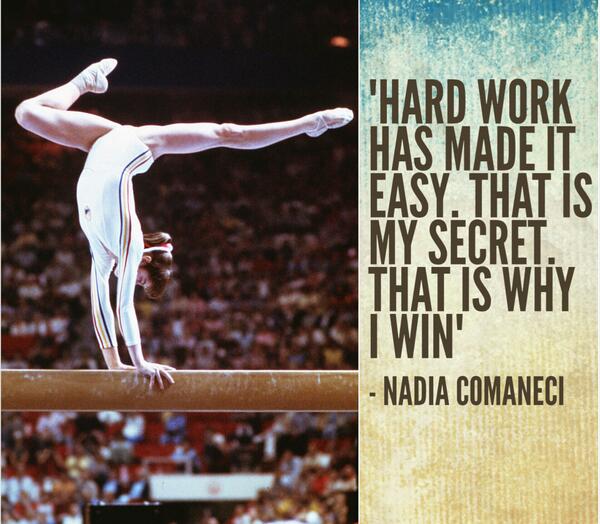Applied Health Fitness Psychology
Mark H. Anshel
Human Kinetics, 2014, p. 281
The aim of this book as clearly stated by the author, Mark H. Anshel, in the introduction is: “to help the helper, that is, to assist the person whose professional mission is to provide a service that enables clients to acknowledge their unhealthy habits and to replace them with more desirable routines.” In this way the book try to provide to the care providers ideas, knowledge and ways to overcome the people’s resistance to show healthy behaviors ,fighting against the culture of immediate gratification. Because for Anshel this is the main issue to cope with. Eat a pizza at midnight and go to bed is a very bad habit but it provides an immediate gratification. Many people are only aware of the immediate benefits and not about its cost, therefore when there is something wrong for them, they act in the bad way smoking, drinking alcohol, eating junk food or simply too much, for the reason that all these actions provide immediate benefits. So this book is devoted to talk about this issue and the solutions to adopt by the helper. Anshel introduce also another concept regarding the new discipline called: applied health fitness psychology, combining together the health psychology and the exercise psychology with the aim to find new ways to propose and plan an healthy and physically active life style.
This book comprehends chapters related to classical topics like are: psychological motivation theories (chapter 2) theories and models of exercise behavior (chapter 3), personal factors (chapter 5), exercise adherence and compliance (chapter 8), cognitive and behavioral strategies (chapter 9) and dysfunctional eating behaviors (chapter 12). All these chapters are updated and provide to the readers the information they need, giving in the same time professional link-up for the helpers. Others five chapters are devoted to relevant and innovative topics and they represent, in my opinion, the reason to read this book. In chapter 4 Anshel talks about the barriers to have positive health behaviors. This is a very hot issue in our culture and every day the care givers have to cope with it and this chapter presents the problem and the strategies. Anshel describes the personal obstacles dividing them in biological, physical, cognitive and motivational categories. The practitioners, from this chapter, can learn that to change life style, the health and fitness tests are useful to influence the decision, but also the social support, to establish routine encouraging health behaviors and the awareness that the well-being is a personal value. Chapter 6 is devoted to situational and environmental factors is interest is in the description of the different kind of support and in the explanation of the role and competences of personal trainer to provide high-quality fitness sessions. Finally Anshel provide a list of several strategies that communities and coaches could use to increase the support to the people. Chapter 7 is devoted to the people’s cultural, religious and spiritual components and in which way they can promote healthy habits. It’s a very innovative topic where Anshel try to describe how religion and culture influence the people choices in term of active or sedentary life style. It’s presented the positive role that the religious and spiritual leaders can play, for example, in the war against the obesity. To validate this role he shows how gluttony is treated in the different religions and the relevance about physical activity we can found in most of the religious texts.
The last part of the book is dedicated to professional aspects of applied health fitness psychology. The chapter 11 discusses an area where many professional can find a job regarding the fitness consulting with special populations. Anshel provide specific information research-based about specific population like older adults, injury rehabilitation patients, cardiac and pulmonary patients, pregnant women, people with diabetes, people with physical and mental disabilities, people with chronic conditions and cancer patients. He also discusses that who wants to work with this people with special needs should clearly understand his/her personal motivation, thoughts and emotions at this regard. Finally but not less important the last chapter talks to the students to help them to determine how to become a professional in the field health fitness psychology. Anshel stressed the relevant role played by the organizations to promote and diffuse this professional job and the need that the member of a profession satisfy predetermined and published standards. From this chapter the students know exactly the most important organizations in the world pursue the goal to maintain high professional and scientific standards and not collaborating with people who violate these standards. Anshel is also clear to provide “four points that justify the field of psychology as the primary caretaker of exercise and sport psychology.” In a world where a lot of motivators and mental coaches work without academic titles, this chapter provides a positive and ethical perspectives to our students.






